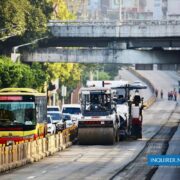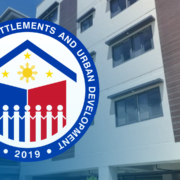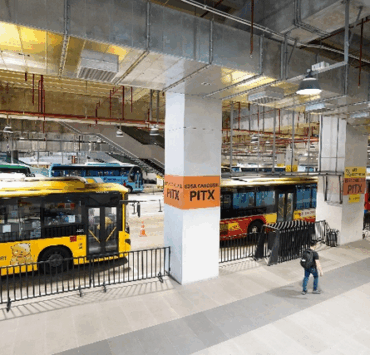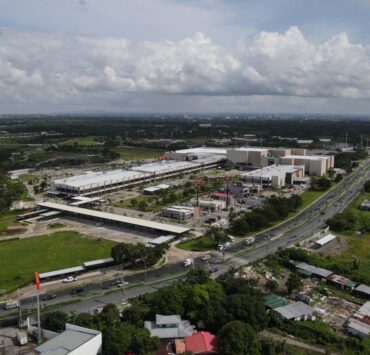Estate developments anchored on transport hubs
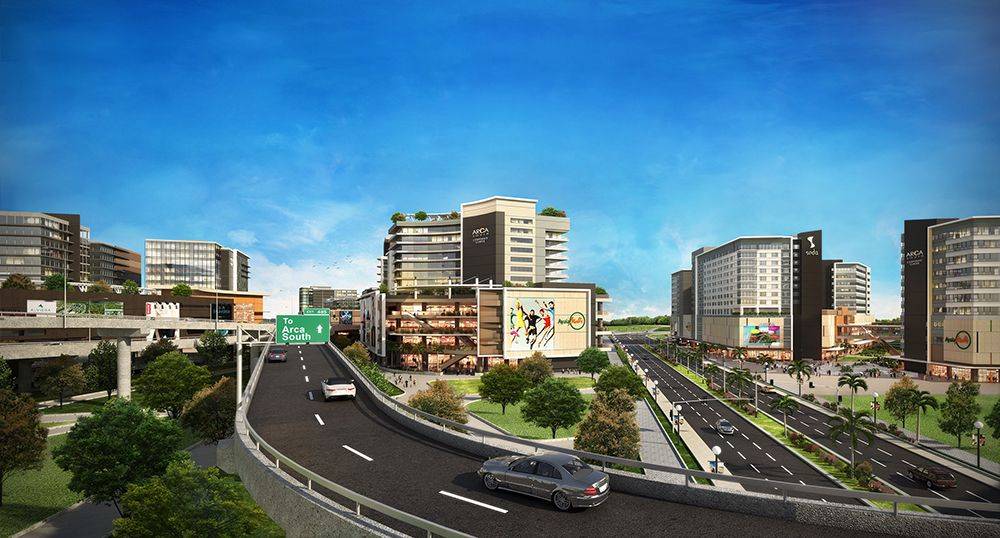
The pulse of cities beats strongest in their transport hubs, where the constant tide of movement defines the rhythm of urban life.
Once regarded solely as conduits for transit, these centers of activity are now shaping entire communities. They have evolved into the foundations of estate developments, driving progress and elevating how people live in connected environments.
The global city model
Around the world, transport-integrated estates reveal the profound influence of mobility on urban form.
In Hong Kong, the MTR has woven residential towers, offices, and shopping complexes directly into its stations, placing daily essentials within minutes of travel. Tokyo’s districts of Shinjuku and Shibuya thrive as dynamic hubs where rail networks converge with retail landmarks, entertainment, and cultural attractions.
Once a declining rail yard, London’s King’s Cross has been reimagined into a flourishing district combining education, business, and leisure, all rooted in its transport spine. These developments show how the strategic joining of transit and real estate generates lasting urban vitality.
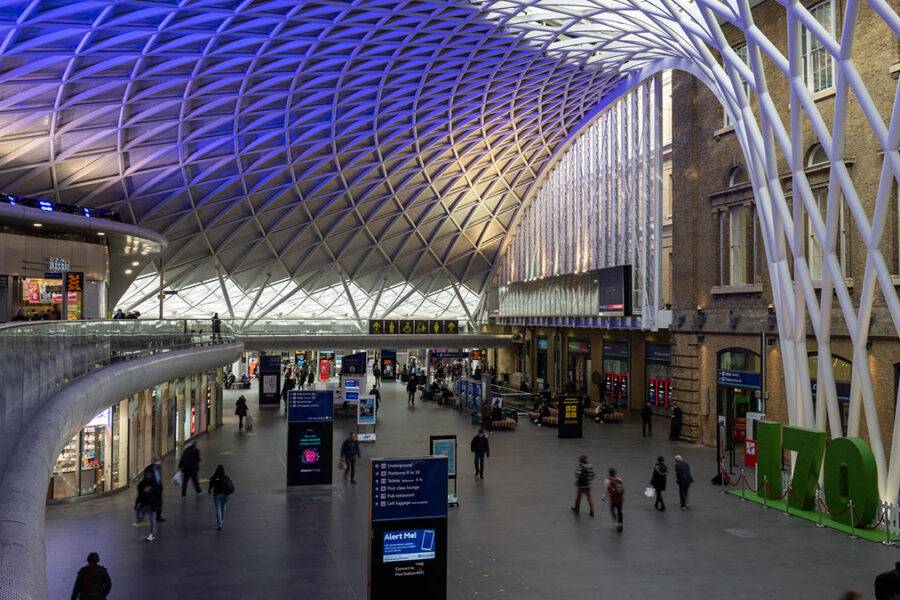
Philippine pioneering efforts
The Makati central business district had set the original benchmark for integration long before new estates—weaving together workplaces, commercial centers, and transport access in a cohesive urban fabric.
This global pattern finds resonance in the Philippines, where Ayala Land has spearheaded transport-oriented estates. Arca South in Taguig embodies forward-looking urban design, planned around the future Metro Manila Subway and the South Intermodal Transport System. Vertis North in Quezon City reflects the same vision, standing beside MRT-3 and directly linked to the North Triangle Common Station that will connect several railway lines.
From Makati’s early precedent to today’s emerging estates, Ayala Land illustrates how projects can anticipate infrastructure, establishing growth districts that evolve with the city’s expanding networks.

Urban growth advantages
The impact of these estates extends to the development of metropolitan areas. It influences how these urban regions grow and evolve.
Concentrating offices, residential towers, and retail establishments around transit allows cities to optimize land efficiency in dense districts.
These nodes attract global companies, educational institutions, and retail anchors eager to operate where accessibility drives performance. Reliance on private cars decreases as people embrace convenient public systems.
With national undertakings such as the Metro Manila Subway and the North-South Commuter Railway underway, Ayala Land’s estates complement these efforts, multiplying their economic and social impact.
Through this interplay, transport and real estate reinforce each other, positioning these estates as catalysts for sustained urban vitality, shaping investment confidence, encouraging balanced land use, and setting a precedent for smarter metropolitan planning.
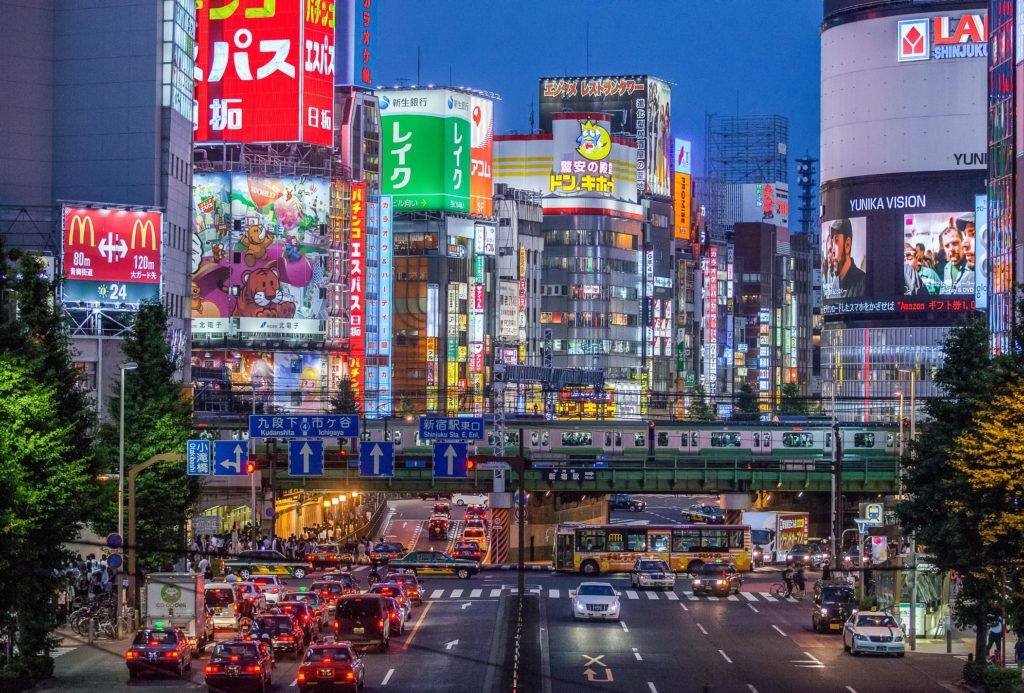
Lifestyle advantages for communities
The advantages extend beyond mobility for residents. Walkable, mixed-use neighborhoods allow work, leisure, and home life to unfold quickly.
Reducing commute times leads to several significant benefits. It gives individuals more time to engage in healthy routines, such as exercise or preparing nutritious meals. Shorter commutes also foster more quality time to spend with loved ones, helping reduce stress and fatigue.
Streets and public spaces become animated with activity, while curated retail and cultural destinations nurture a sense of belonging and identity. In these settings, convenience and vitality combine to shape places where communities thrive.
This integration transforms estates from functional clusters into inspiring districts that people identify with and proudly call home.
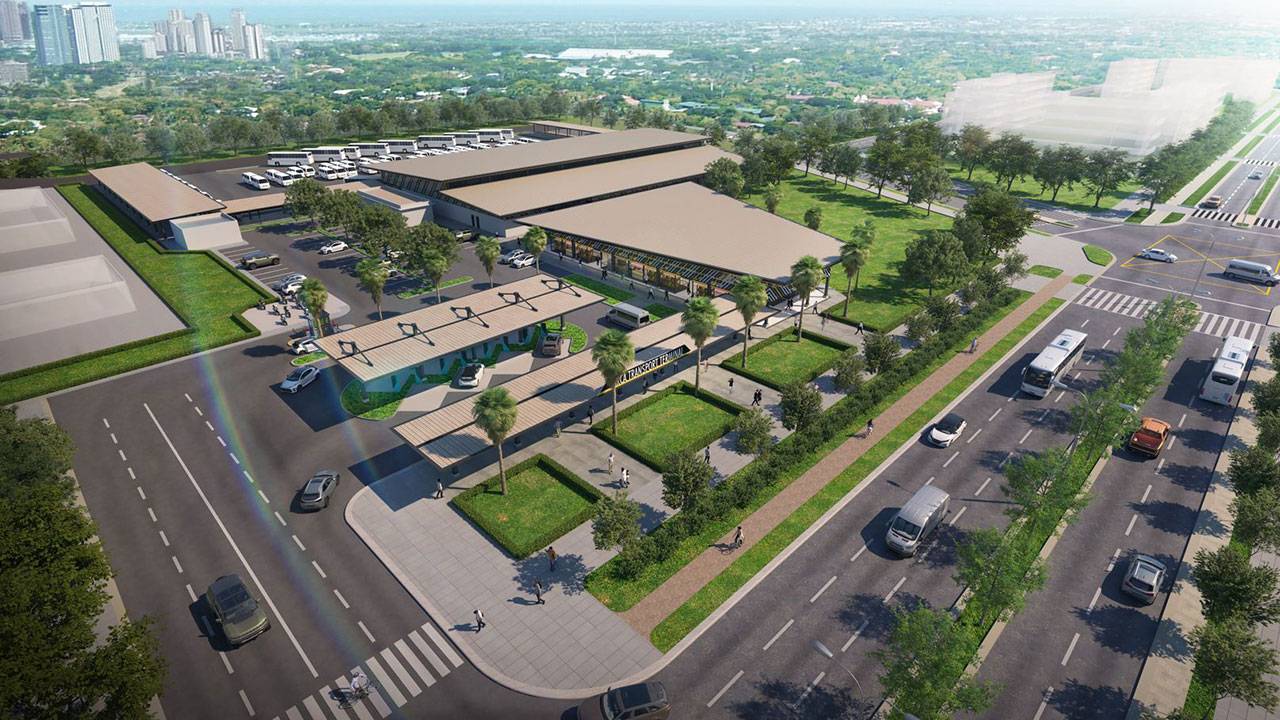
Shaping future-ready cities
As Philippine cities continue to densify, the role of transport-anchored estates grows in importance.
Ayala Land’s pioneering efforts demonstrate how private developers can align with national mobility projects to create a lasting impact. These estates embody resilience, adaptability, and inclusivity, essential for future-ready urban centers.
Transport-integrated developments offer more than simple solutions to mobility challenges. They establish the framework for a thriving city life where economic opportunity and human experience converge in one connected vision.
The author (www.ianfulgar.com), is a leading architect with an impressive portfolio of local and international clients. His team elevates hotels and resorts, condominiums, residences, and commercial and mixed-use township development projects. His innovative, cutting-edge design and business solutions have garnered industry recognition, making him the go-to expert for clients seeking to transform their real estate ventures











